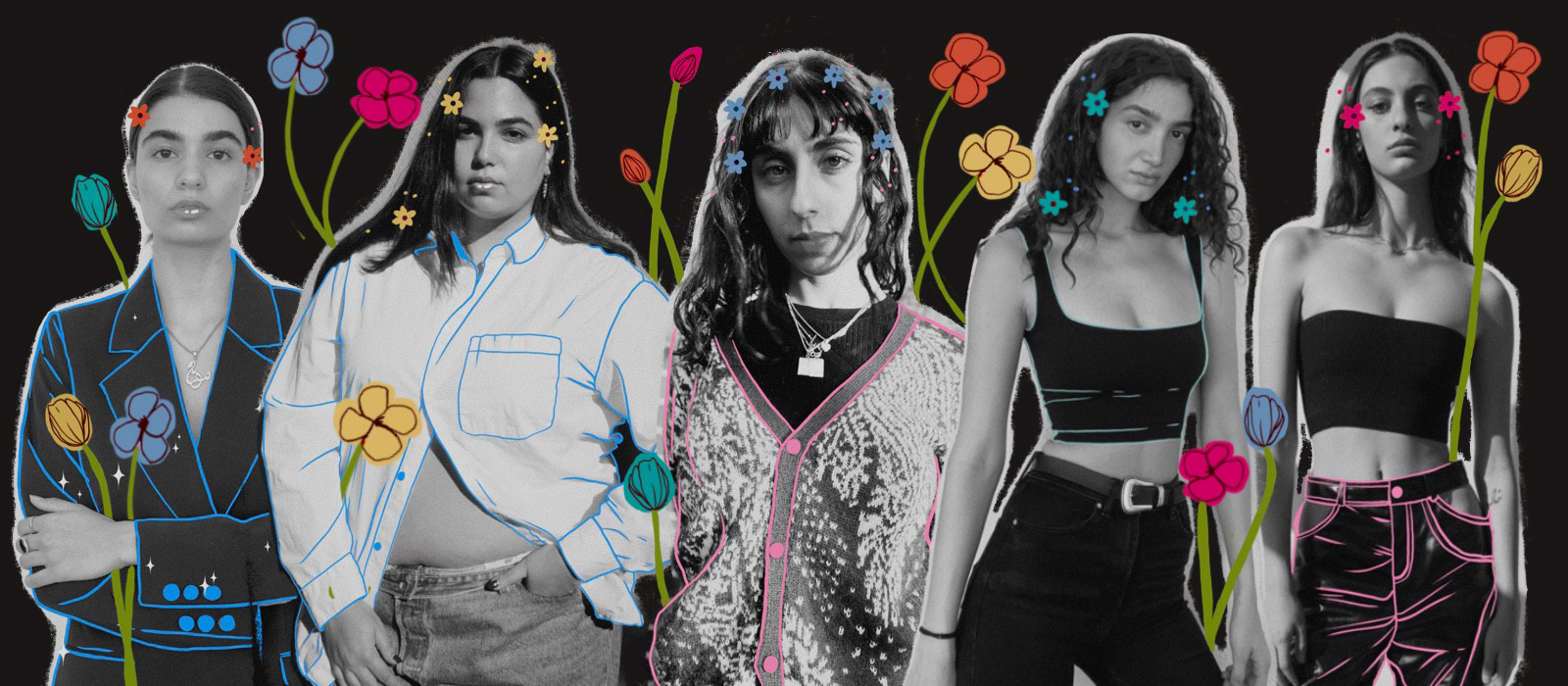Written by Julia Kisla. Artwork by Antonia.
In a country, where women’s voices have been silenced for decades, a fearless female cry for women, life and liberty is spellbinding the world. Young women, who saw a whole generation choke in silence, are rejecting the same destiny in country-wide protests, triggered by the death of Mahsa Amini. 22-year-old Mahsa died in custody of the morality police after enduring severe beatings for not wearing a hijab properly.
Regardless of one’s opinion on the hijab, there is a difference between choosing to wear a hijab in a free country and being forced to wear one by an authoritarian regime. In Iran, mandatory hijab-wearing is a pillar of the Islamic Republic’s ideology. It is a political and social regulator meant to segregate, subordinate, mute, and punish women. From domestic violence and child marriages to miniscule legal options and disproportionate death penalties – decades of female suffering have been transmuted into a piece of cloth that has bloated into a symbol of oppression and deprivation of life’s basic choices and safety. Today, in an unprecedented act of defiance, that symbol is ripped, lit on fire, and danced on.
The protests have gone beyond women’s freedom of dress, into an expression of anger with theocracy and the lengths to which it imposes its religious dogma. Indeed, Iran’s transition from theocracy to democracy is one of the keys to transforming the Middle East. The Iranian government, designated by the United States as a sponsor of terrorism, influences politics in several Arab capitals, including Damascus, Beirut, and Baghdad. It fuels wars in Africa and has provided financial and military aid to dictatorships. It also recently supplied Russia with drones to support Russia’s war against Ukraine. Championing the aspirations of the Iranian women to live in a free society spreads democratic values into the region and beyond. Despite the ominous air of authoritarian rise around the world, 2022 offered an affirmation by two seemingly unlikely contenders, Ukraine and Iran, that a demand for democracy is alive and remains worth fighting for, even against daunting odds.
Across 85 cities Iranian women face brutality, arrests, and death with valor and the wind in their hair. As we are witnessing the birth of a movement that’s forming its voice and finding its leaders, we are reminded that our own liberties, even constitutional ones, should not be taken for granted, and, in solidarity, we stand by those who fight for their freedom, wherever they may be.

What part of Iranian culture and heritage is most dear to you?
A big part of Iranian culture is giving. Iranian people give love, affection, respect, and attention to anyone they meet. Giving is so deeply rooted in our culture that you could expect strangers, sitting next to you in Tehran’s metro, to share whatever they may be eating or drinking. The giving in my culture is very dear to me and reminds me of the beauty in humanity.
What do you think the world gets wrong about Iran?
The world tends to think that the Islamic Republic regime represents the culture and people of Iran. Iranian civilization and culture have existed for thousands of years and the current regime that has existed for only 43 years is not a correct representation of Iranian heritage. Iranian people were the first civilization to create human rights laws. It is also not a coincidence that the first feminist revolution in history is happening in Iran. Our culture has always valued female power. We even have a term in Persian – “shirzan”. It stands for a brave and strong woman, as term that in many other languages exists only to describe men.
What are your hopes for the people of Iran?
I’m hoping for a free Iran, an Iran where people can live a normal life without the fear of getting killed. Where women can choose what to wear, where men and women can swim in the sea together, hold hands, hug, and dance on the streets. I hope the people of Iran will get the basic human rights one day, like our ancestors intended it to be when they first offered those rights to the rest of the world.
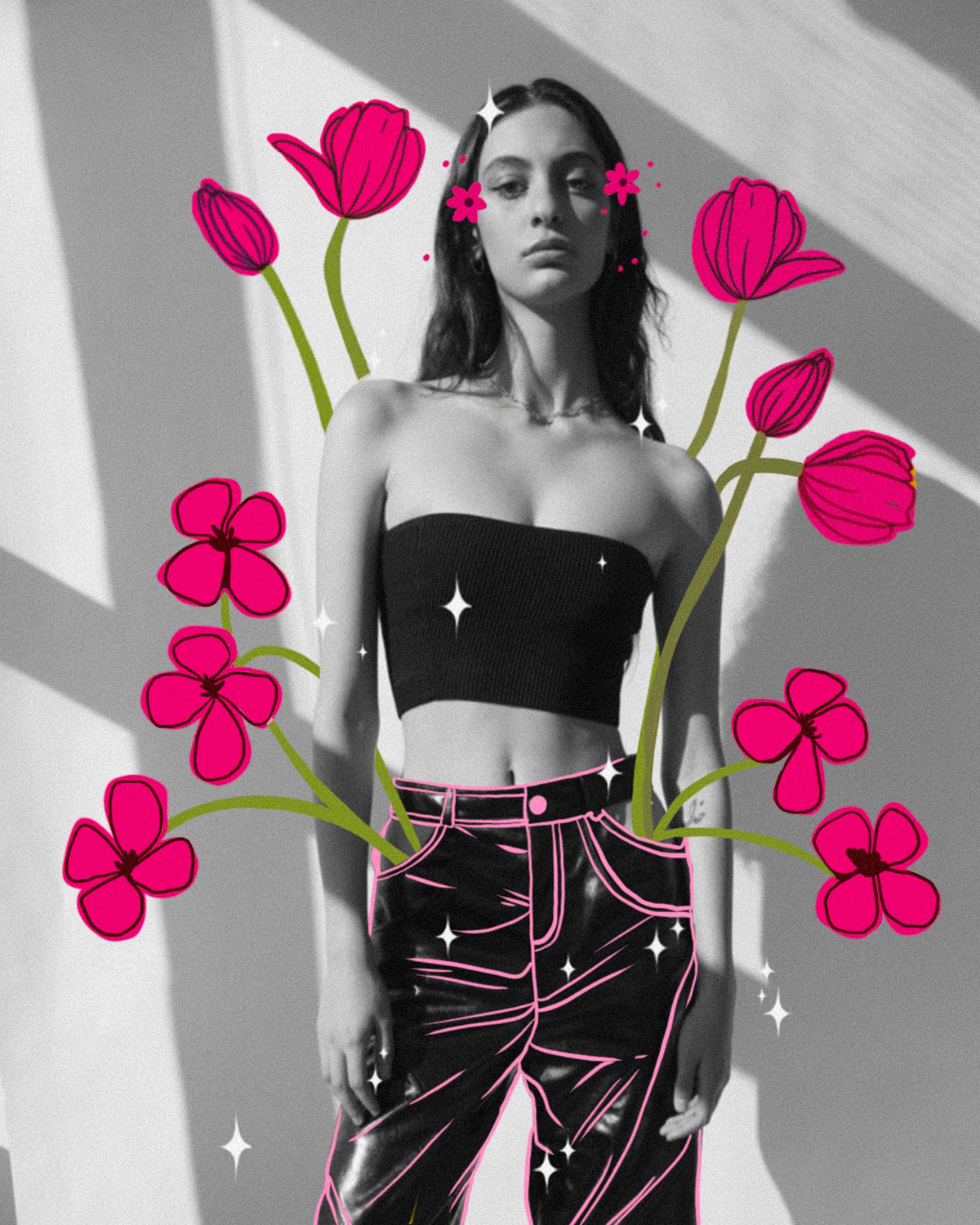
What part of Iranian culture and heritage is most dear to you?
In my perspective, the hospitality towards others is one of my favorite parts of Iran’s culture. There is a term called “Taarof”. It is a key part of Persian culture but is very difficult for a non-Iranian to understand. Taarof is a polite back-and-forth exchange after receiving a gift, food, etc.
It is only right in our culture to turn down a gift first, allowing the giver to persist until you finally accept it. It is similar to multiple people pulling their credit cards at the restaurant and politely arguing about who will pay for dinner. Also, the phrases used have the same meaning, but it is more beautiful in Taarof. For example, “Thank you” in Farsi is “Merci”. But when using Taarof, one says “Dasteh toon dard nakoneh”, which means “May your hands not hurt”.
What do you think the world gets wrong about Iran?
The world gets a lot of things wrong about Iran. Many don’t know much about Iran either. Iran is not a dull, dangerous country. It’s a beautiful place with so many beautiful sights to see, amazing food to experience, and a culture that no other could replace. Before the revolution, Iran was a country where you could feel safe wearing a crop top and letting your hair blow in the wind. In Iran, it’s not the people who you should be worried about, it’s those who make the laws.
What are your hopes for the people of Iran?
The amount of passion I see in women’s eyes when protesting or even talking about making a change, brings tears to my eyes. Those are my people and seeing what is going on in my country is probably the most disturbing thing to me. I have hopes that the laws will change, the government will change, the brutality towards women will change, and the inequality that women are experiencing will change.
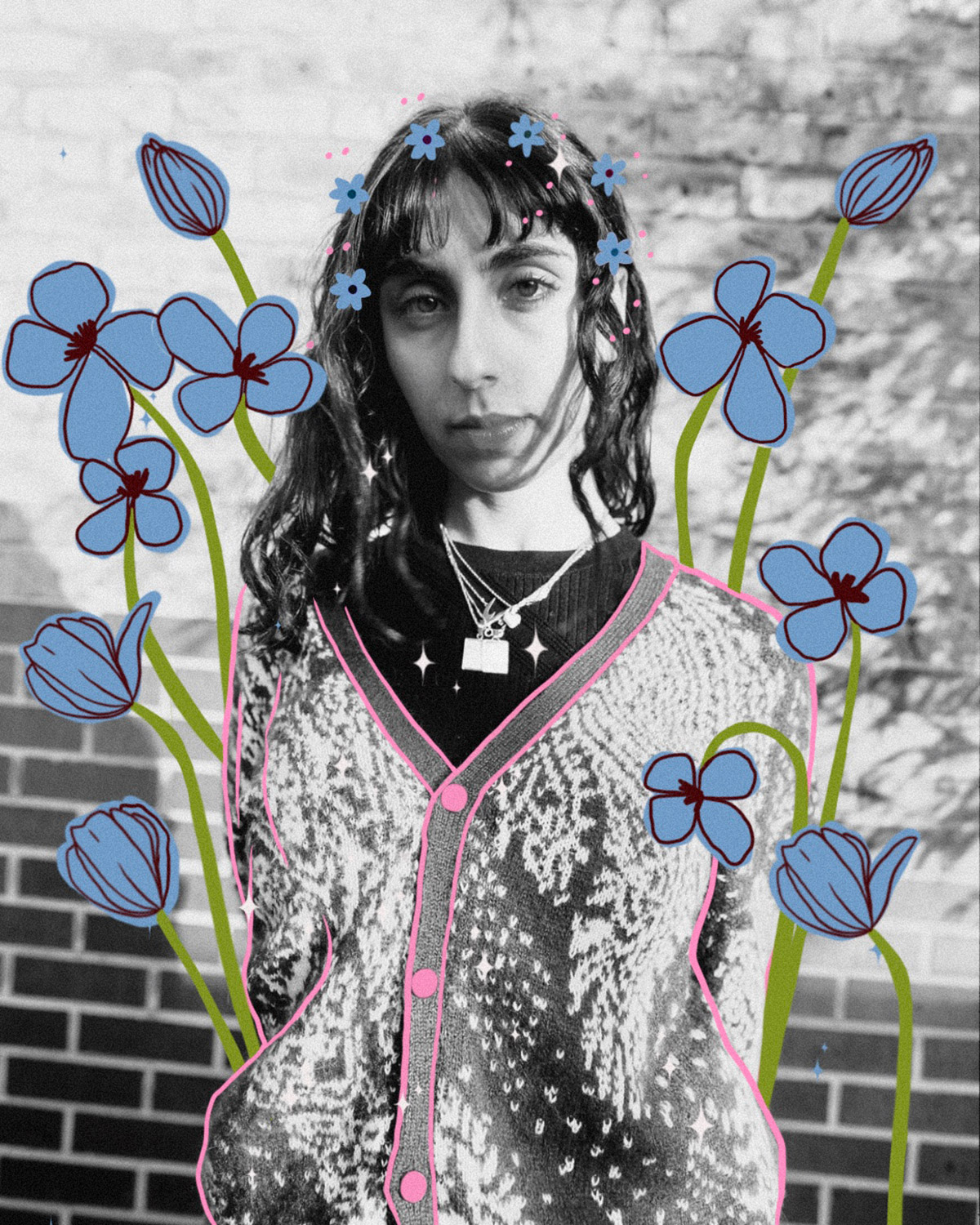
What part of Iranian culture and heritage is most dear to you?
The food! There’s nothing more comforting than having an Iranian meal. It brings so much comfort to me every time. I know that whoever I am with will also experience the same warmth. And it makes me so happy.
What do you think the world gets wrong about Iran?
History. A lot of people don’t understand how impactful the Persian Empire has been on our civilization. In 539 B.C., Cyrus the Great, the first King of ancient Persia, conquered the city of Babylon and marked a major advancement for mankind, in terms of human rights. He freed the slaves and declared that all people had the right to choose their own religion. He also established racial equality.
What are your hopes for the people of Iran?
Freedom. That is all that we are hoping for. I want the Iranian people to be free. I want them to have the life that we have over here. It won’t happen overnight, but we must keep trying.
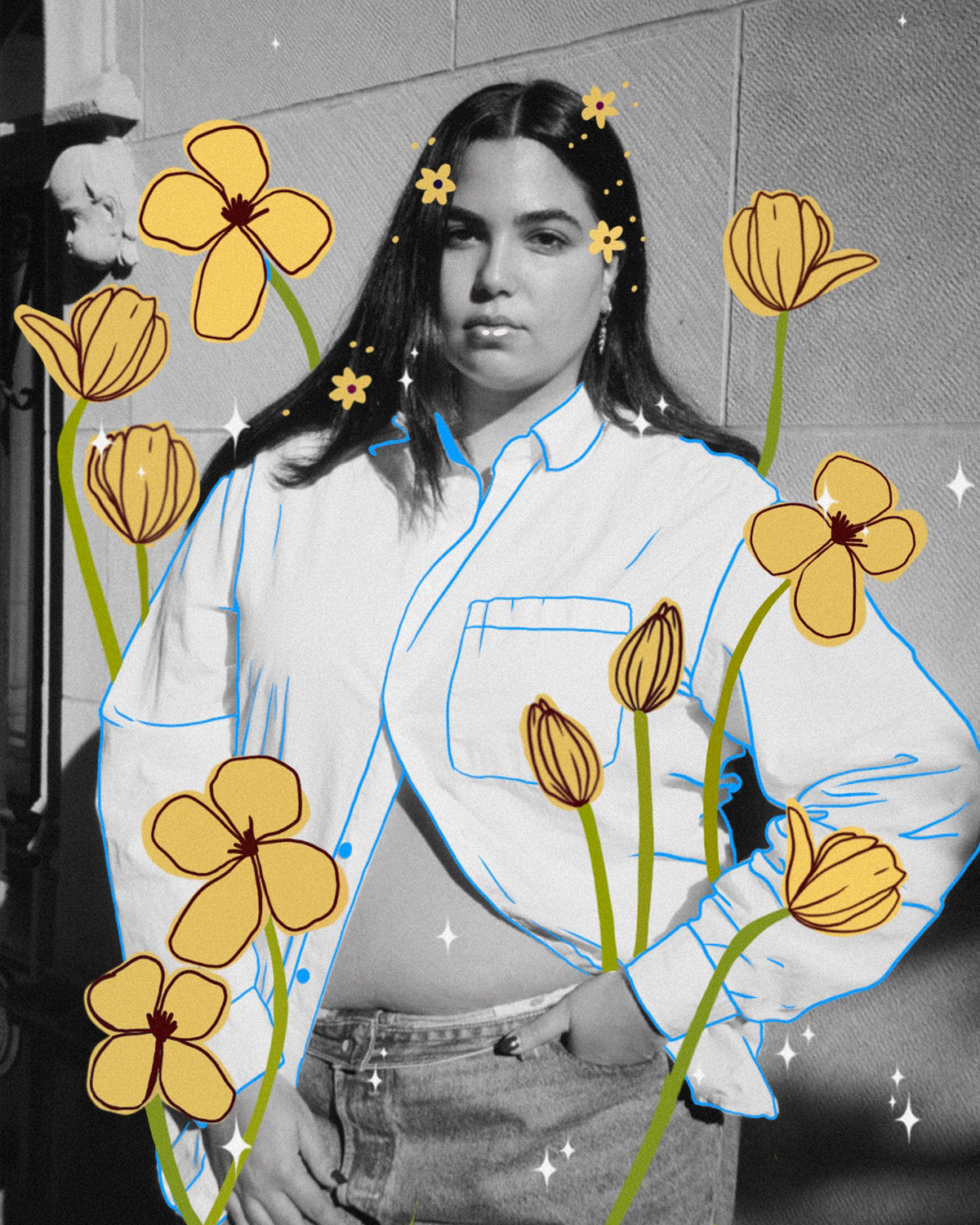
What part of Iranian culture and heritage is most dear to you?
Persian culture was built on a foundation of peace, inclusivity, knowledge, poetry, and so much more. And it is hard for me to pick a part of my heritage that is the dearest to me, but if I had to choose one thing, I’d say family. Iranian culture is rooted in family. In a pre-revolution Iran, all family members lived together or next door to one another. They supported each other through the hardest of times, laughed through the saddest, and celebrated all the happy moments as a unit. And when I say family, I really mean family, friends, friends of friends, etc. Community has always been a cornerstone of Iranian culture. And even after the revolution, when many families dispersed to various corners of the world, that same sentiment still rings true. When I am at my lowest and most uncertain, it is my family that raises me up. When I question everything, it is my family that helps me search for answers. Whenever I am in Iran, I cherish sitting around the table, eating, reminiscing, laughing, and crying with my family. Those intimate moments spread the values and traditions that Persians carry so beautifully throughout the world.
What do you think the world gets wrong about Iran?
I think Iran is one of the most misunderstood countries in the world. Mostly because people don’t understand its history and allow the mainstream media to inform their understanding of the nation. The first time the western news paid attention to Iran was during the Iranian Hostage crisis in 1979. Some people associate Iranians with hateful and violent religious extremism, which is so far from the truth. The world needs to stop equating the Islamic government of Iran to its people. The 1979 revolution was never meant to be a religious revolution, but when the movement lacked the leadership, Islamic leaders seized the opportunity. Iranian people, especially the younger generation, want freedom of choice and freedom of expression.
Additionally, Iranian people are the most kind and welcoming people. There is a word in Farsi – “taarof,” which refers to a ritual of politeness where one raises others and lowers oneself as a sign of respect. Iranians want to share their food and their homes with you. They will literally take the clothing off their backs and give them to you. They are such happy and hopeful people. Iran also has a legacy of art and poetry. Some of the brightest minds in science and mathematics came from Iran. The world has always seen Iran — and, further, the rest of the middle east — as barbaric and backwards because the western media paints them as “other.” What they don’t want to see is that Iranian men and women love the same, study the same, have the same hopes and beliefs. Don’t pity them. Support them.
What are your hopes for the people of Iran?
I have a lot of hopes for the people of Iran, especially for the women of Iran. Over the last 20 years, I have witnessed the same cycle: an Iranian woman becomes a martyr, the world doesn’t listen, and nothing changes. But after the death of Mahsa Amini — or Jina Amini, which is her real name in Kurdish — that pattern finally feels broken. Protests are spreading, not just in Iran, but all over the world. Media and news outlets have started to cover it. Westerners, even celebrities, are using their voices to amplify what is happening in Iran. I hope that Iranian women will one day have basic human rights, including being able to choose whether they wear a headscarf. I hope that the west will finally humanize the people of Iran and show their strength, rather than villainize, victimize, and weaken them. I hope that one day women and men will not have to become martyrs for freedom and Iranian kids will grow up without intergenerational trauma. And for all the kids of Iranian diaspora, I hope one day we can return to the land we once loved.
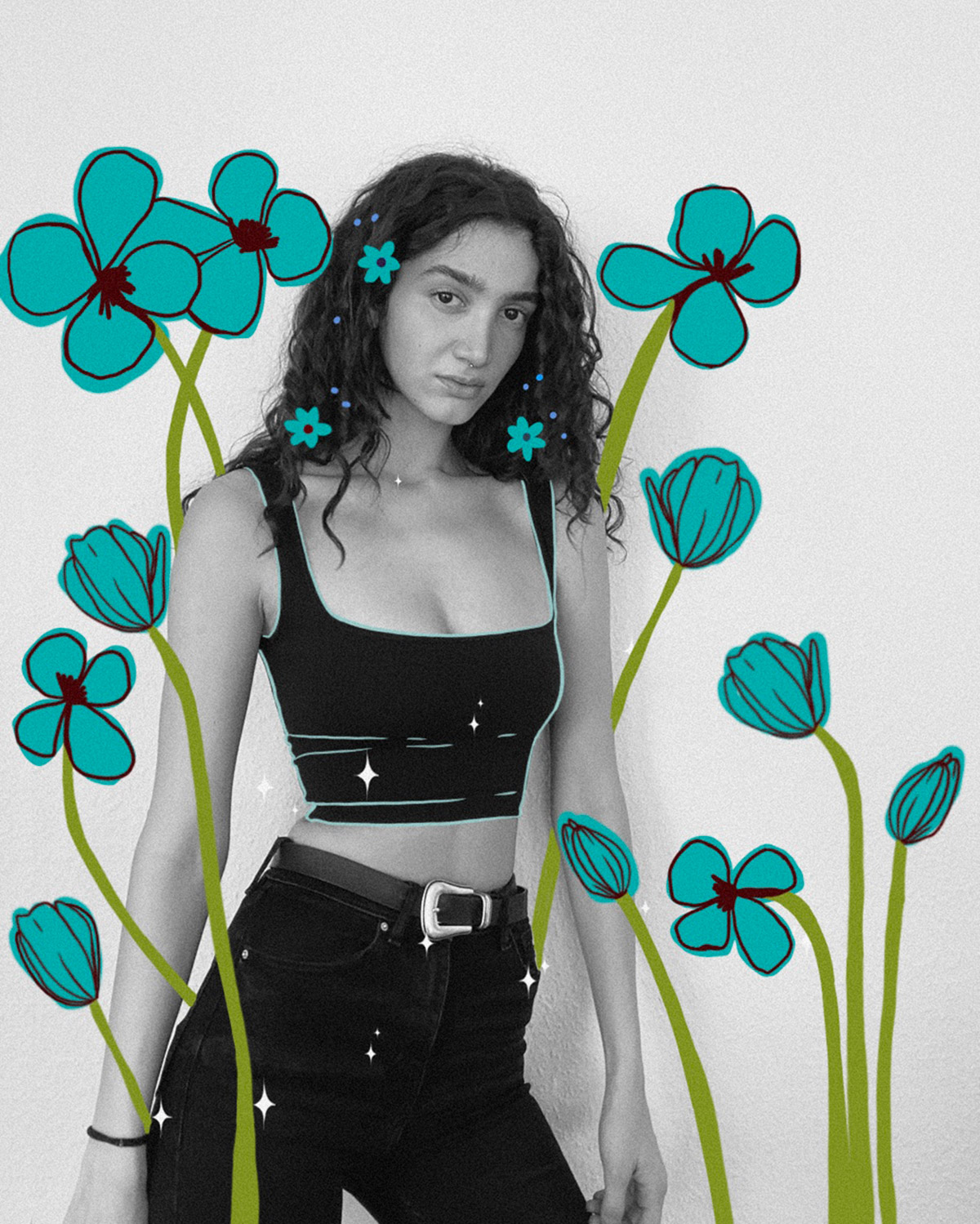
What part of Iranian culture and heritage is most dear to you?
I love that Cyrus the Great (the first kind of ancient Persia) gave the world the first human rights declaration in the history of mankind. One of my favorite memories from Iran is the Persian New Year – Nowruz. We spend the Nowruz eve with our families. The traditional new year dinner is white fish with rice and herbs. Many families give a gift of money, called “eidi”, to children to mark the beginning of new year. People often visit each other’s homes and always bring traditional gifts.
What do you think the world gets wrong about Iran?
There are so many things, and I noticed them when I talked to non-Iranians. One of them is that the world saw Iranian/middle eastern women as weak and submissive, until now. Currently, the first ever feminist revolution is happening in Iran, which is so powerful and makes me so proud.
What are your hopes for the people of Iran?
I hope that the people of Iran win over the government. All we want is freedom. I want for my people, especially the younger generation, to have a peaceful life. Iranian youth does not deserve to get killed for wanting basic human rights.
You May Also Like: Women’s Equality Day 2022
